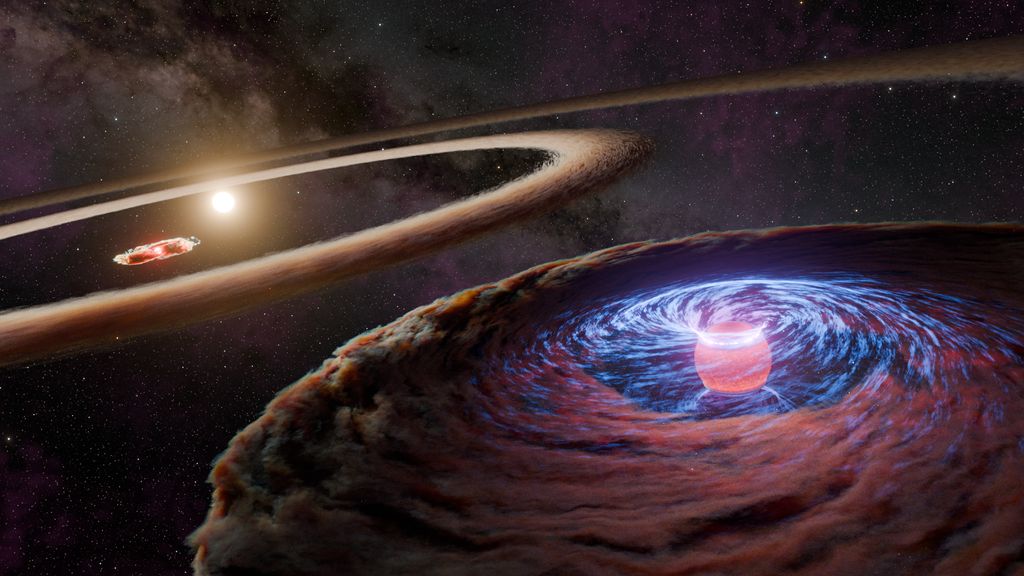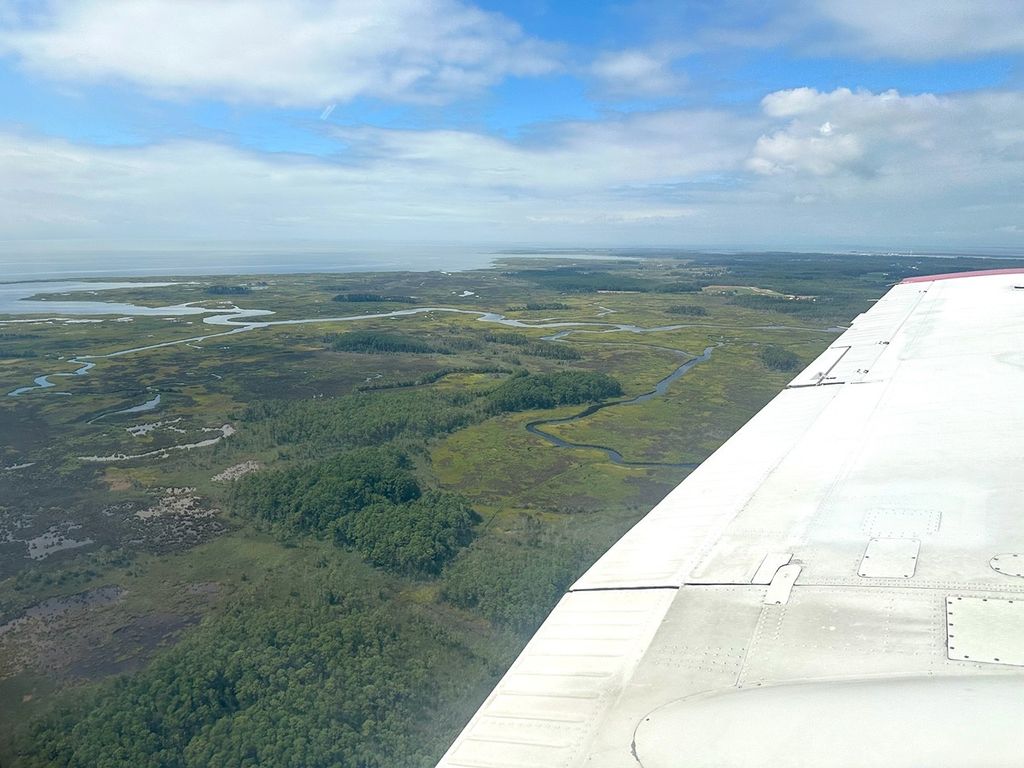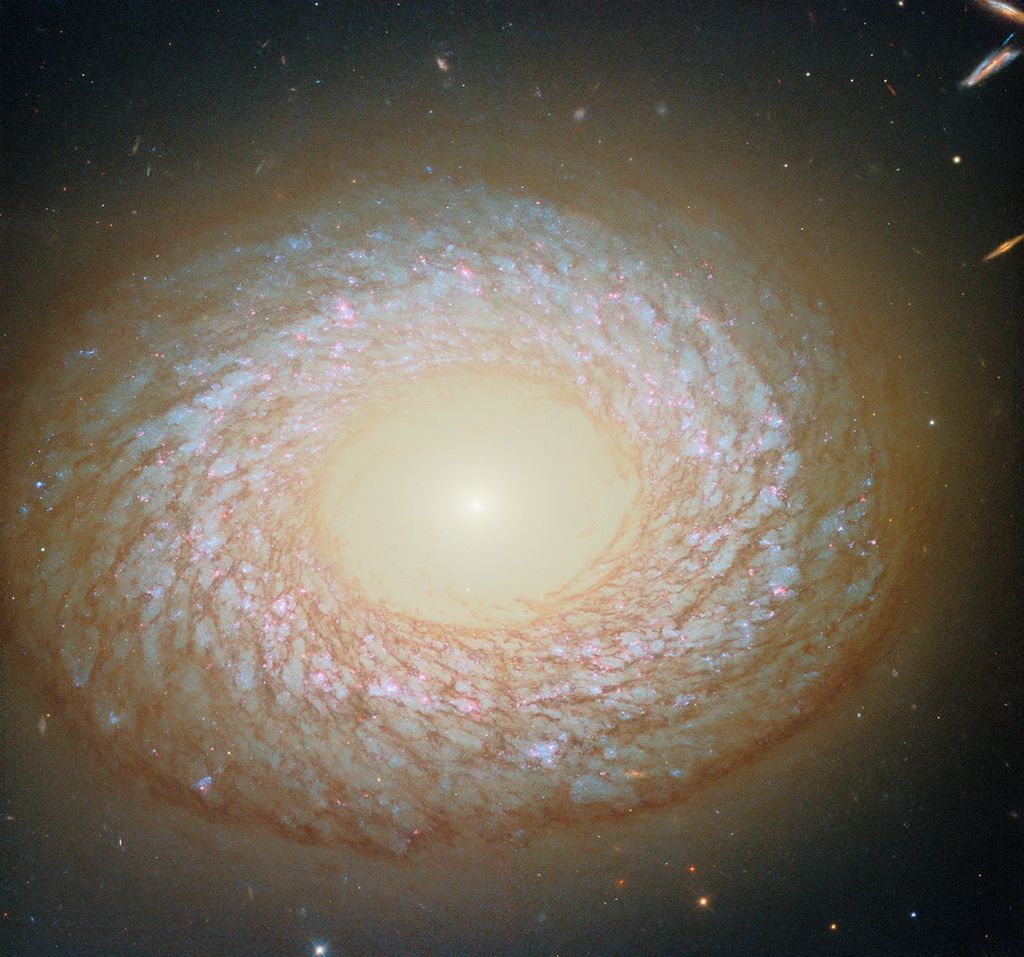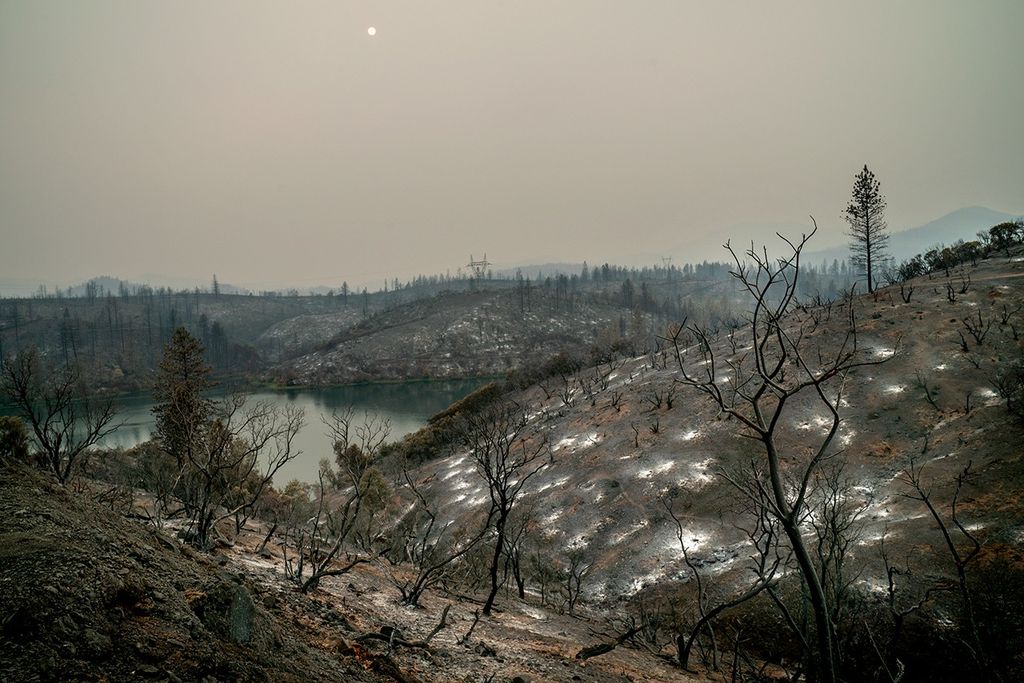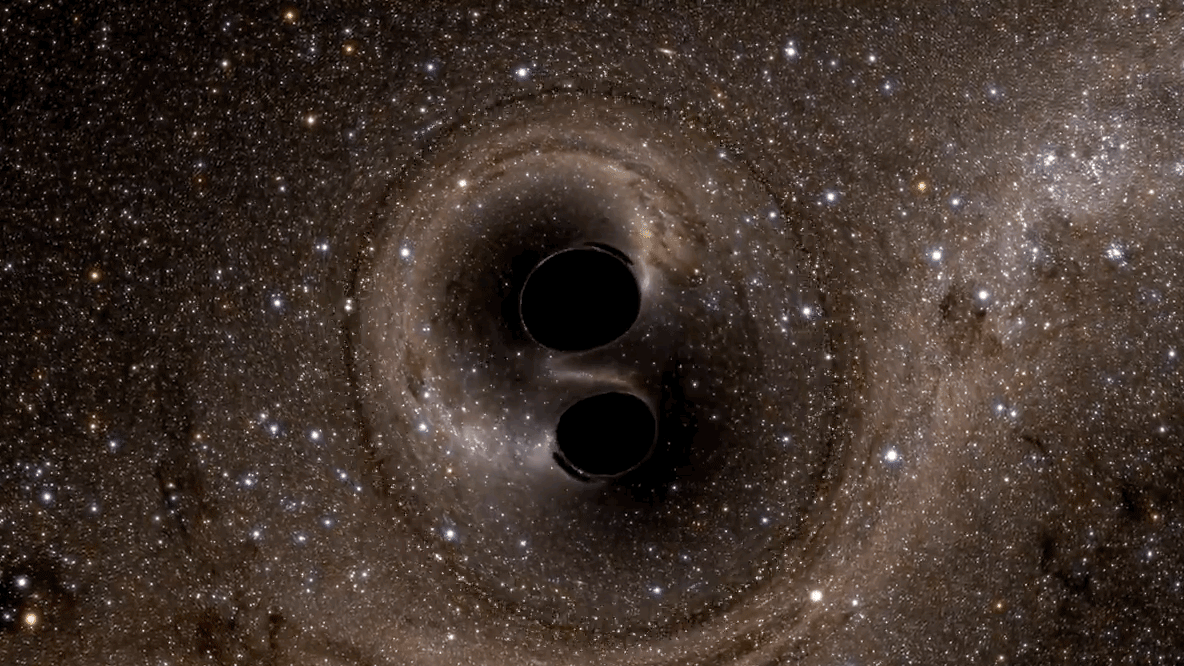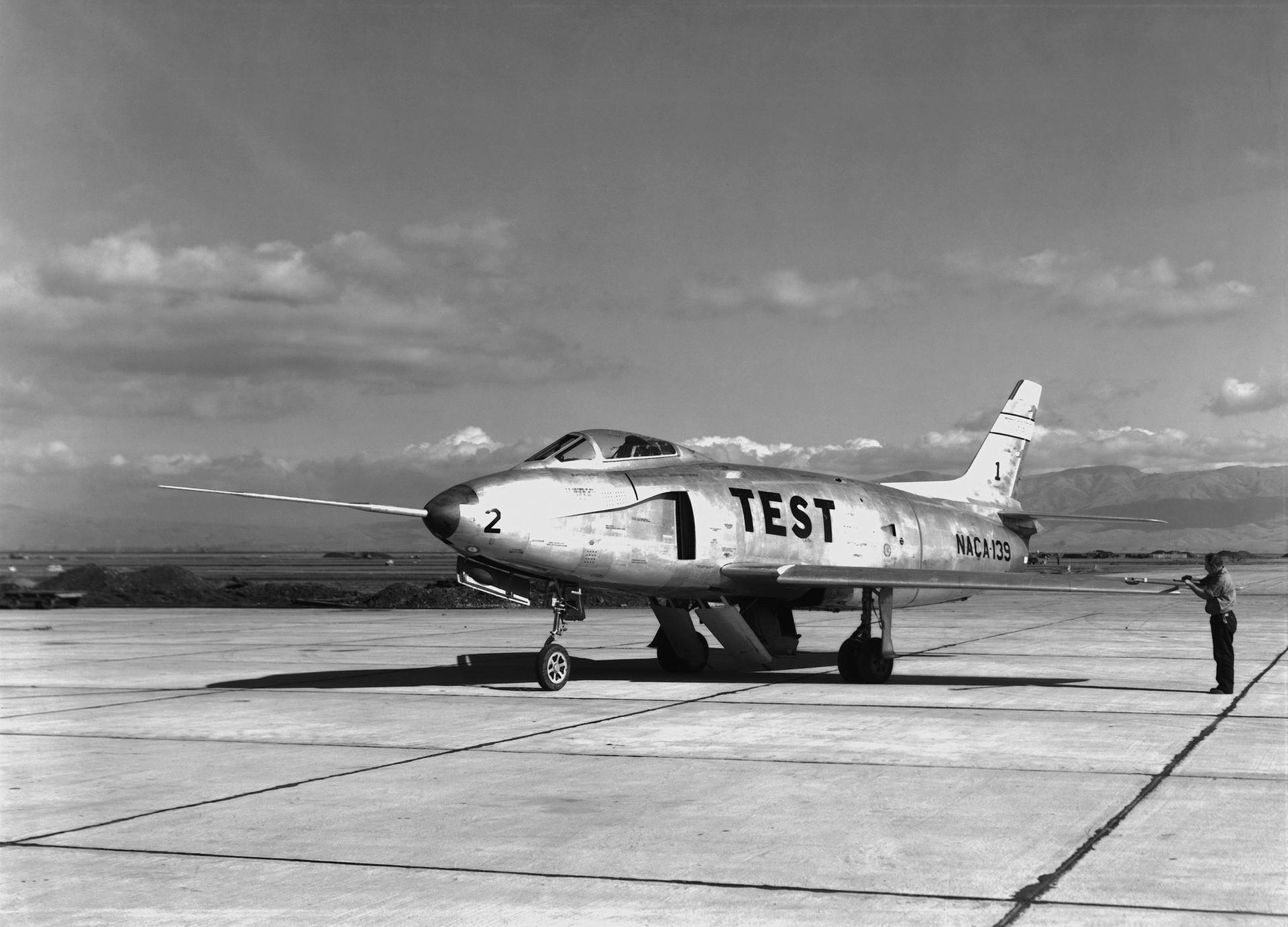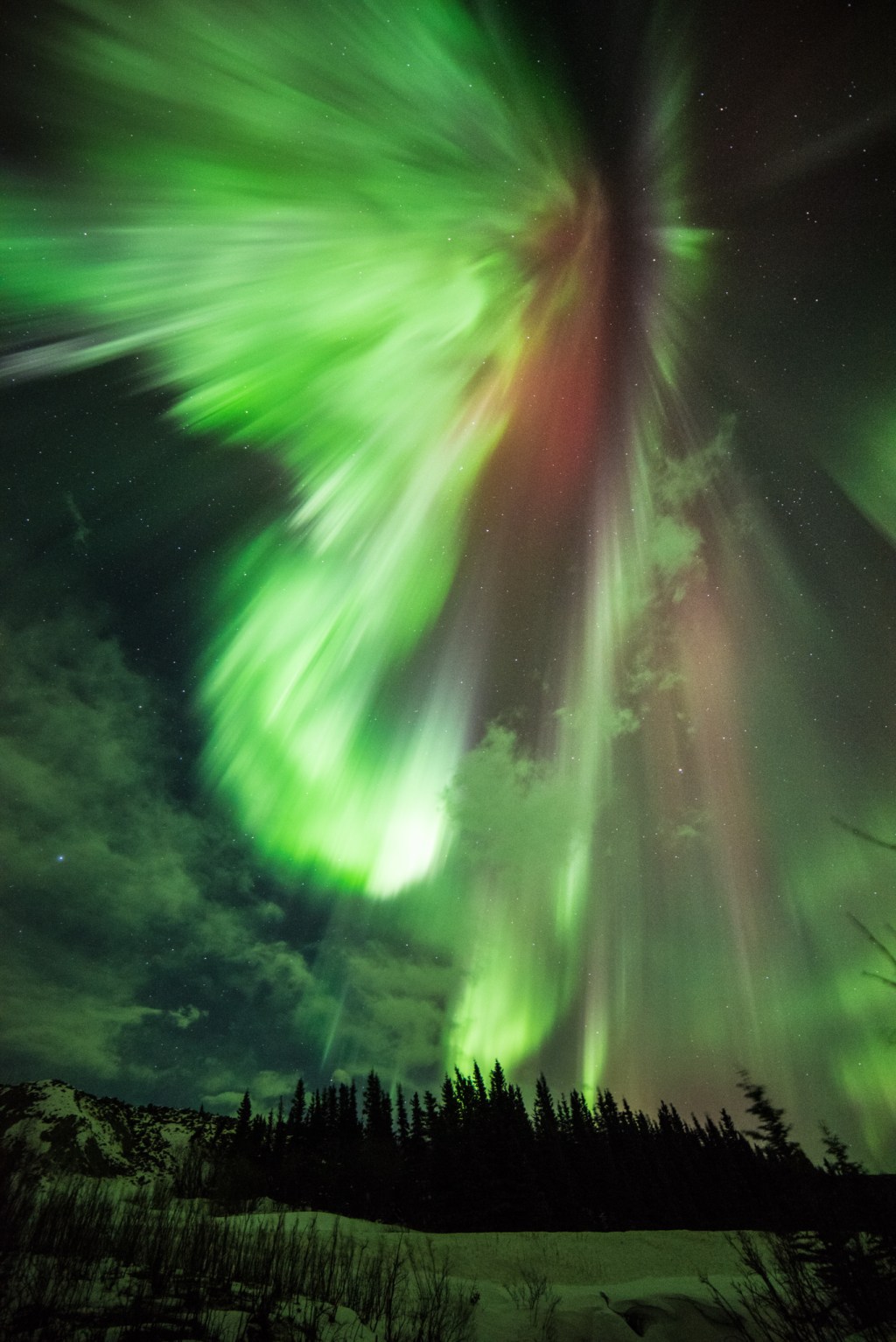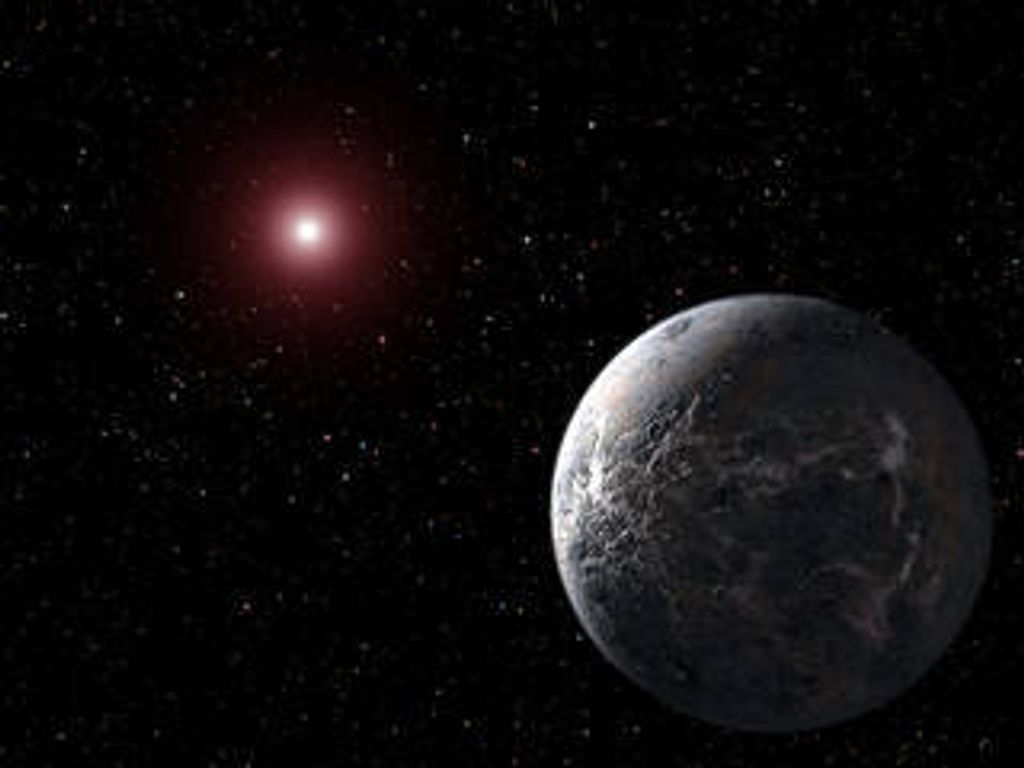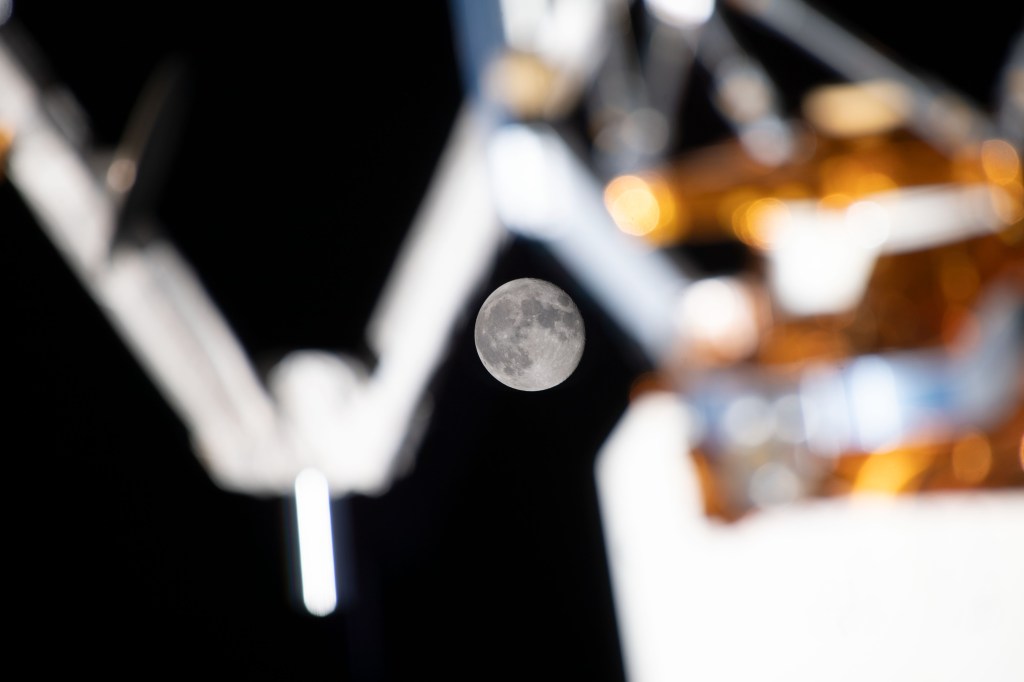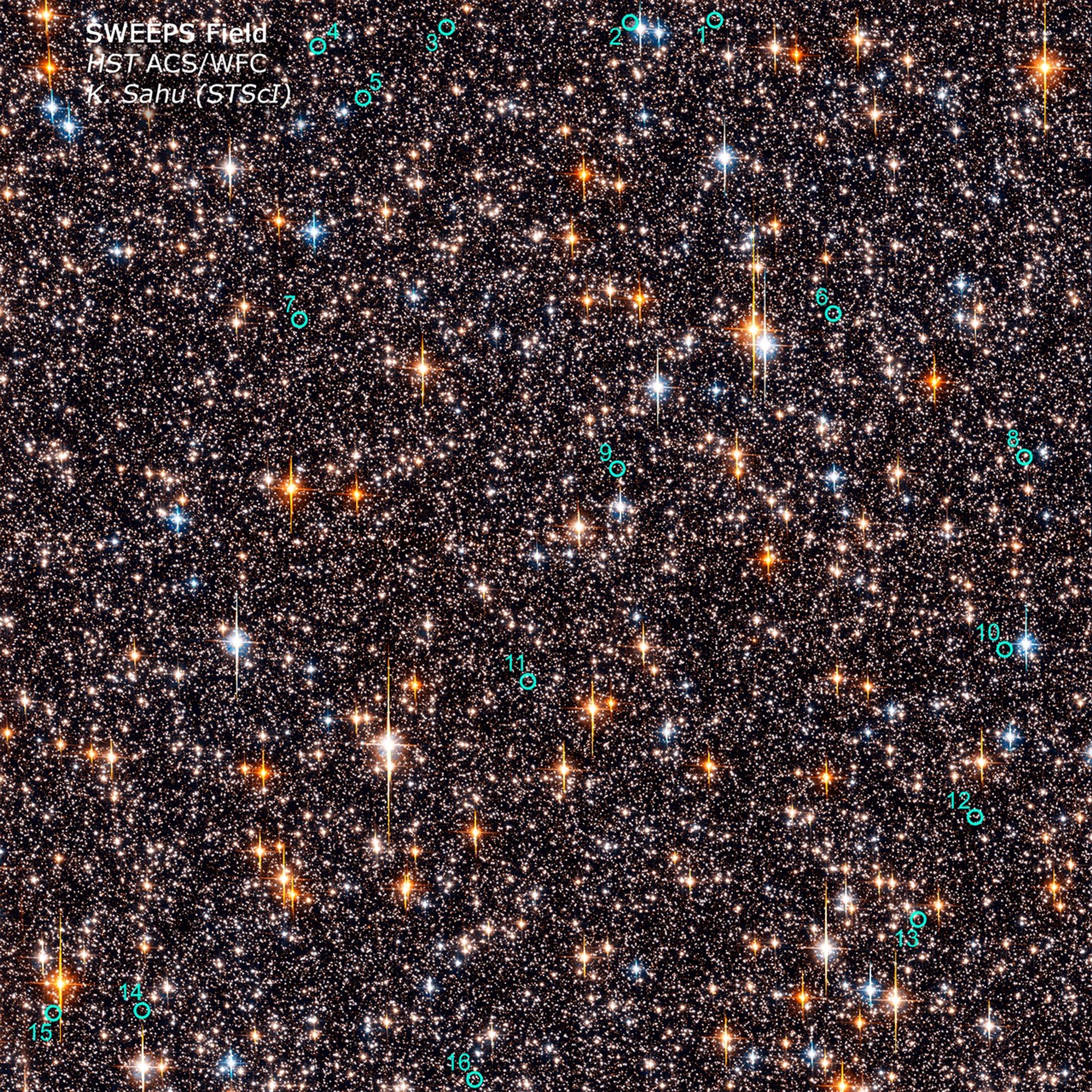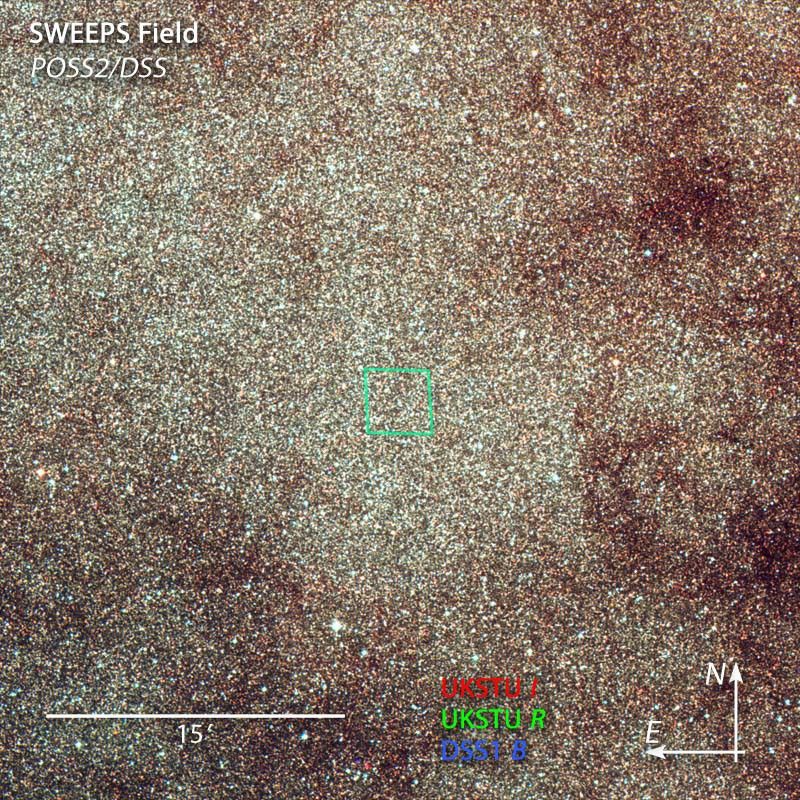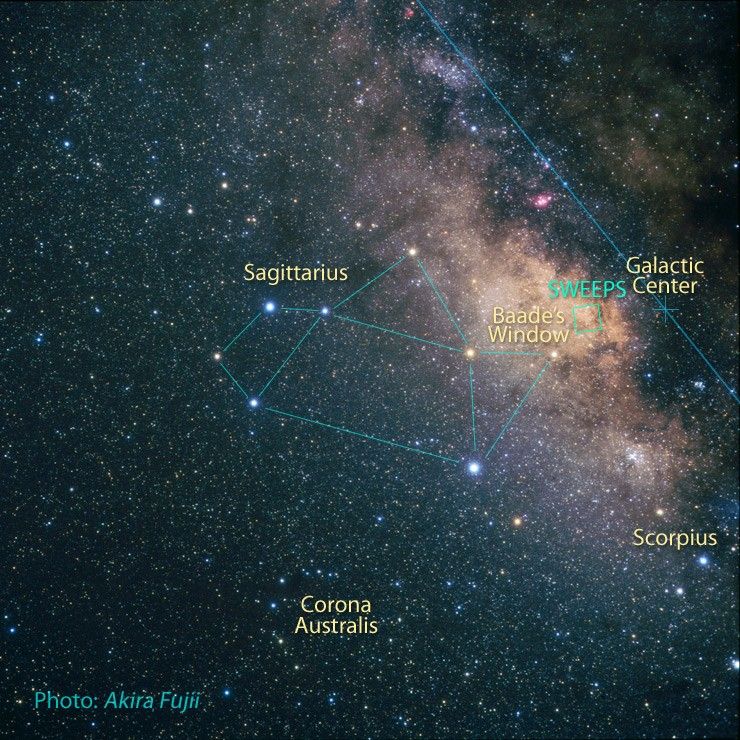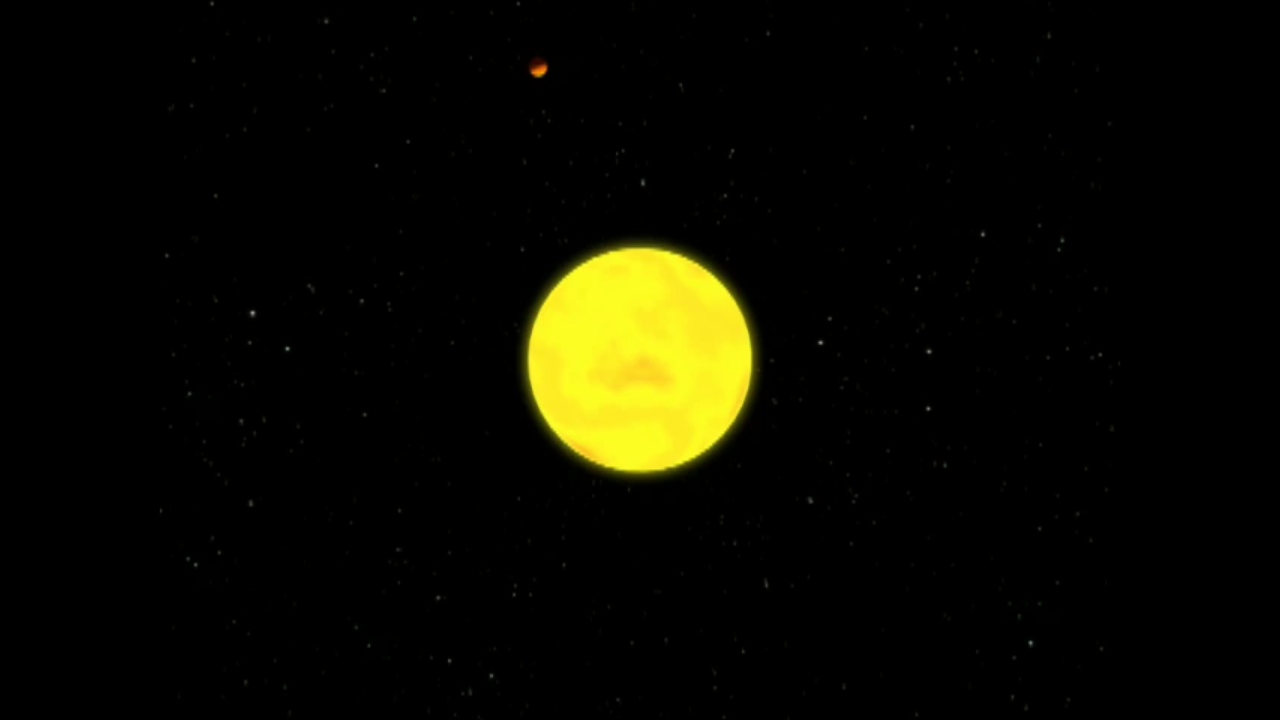1 min read
SWEEPS ACS/WFC Color Composite

Color composite of ACS/WFC images (V and I band filters) showing one-half of the Hubble Space Telescope field of view in the Sagittarius Window Eclipsing Extrasolar Planet Search (SWEEPS). The stars in the Galactic disk and bulge have a mixture of colors and masses. The field is so crowded with stars because Hubble was looking across 26,000 light-years of space in the direction of the center of our galaxy.
Half of these stars are bright enough for Hubble to monitor for any small, brief and periodic dips in brightness caused by the passage of an exoplanet passing in front of the star, an event called a transit. Hubble took approximately 520 pictures of this field, at red and blue wavelengths, from Feb. 22-29, 2004.
About the Object
- R.A. PositionR.A. PositionRight ascension – analogous to longitude – is one component of an object's position.17h 58m 59.99s
- Dec. PositionDec. PositionDeclination – analogous to latitude – is one component of an object's position.-29° 12' 0.0"
- ConstellationConstellationOne of 88 recognized regions of the celestial sphere in which the object appears.Sagittarius
About the Data
- Data DescriptionData DescriptionProposal: A description of the observations, their scientific justification, and the links to the data available in the science archive.
Science Team: The astronomers who planned the observations and analyzed the data. "PI" refers to the Principal Investigator.This image was created from HST data from proposal 9750: K. Sahu, and H. Bond (STScI), T. Brown (High Altitude Observatory, Boulder), S. Casertano and M. Livio (STScI), D. Minniti (Catholic University of Chile), N. Panagia (STScI), A. Renzini (Astronomical Observatory of Padova, Italy), R. Rich (University of California, Los Angeles), and M. Zoccali (Catholic University of Chile). The science team also includes J. Valenti, E. Smith, T. Brown, W. Clarkson, and S. Lubow (STScI), and N. Piskunov (Uppsala University, Sweden). - InstrumentInstrumentThe science instrument used to produce the data.HST>ACS/WFC
- Exposure DatesExposure DatesThe date(s) that the telescope made its observations and the total exposure time.February 22 - 29, 2004, Exposure Time: 49 hours
- FiltersFiltersThe camera filters that were used in the science observations.F606W (V) and F814W (I)
- Object NameObject NameA name or catalog number that astronomers use to identify an astronomical object.SWEEPS Field
- Object DescriptionObject DescriptionThe type of astronomical object.Stellar Field Near the Galactic Bulge
- Release DateOctober 4, 2006
- Science ReleaseHubble Finds Extrasolar Planets Far Across Galaxy
- Credit

This image is a composite of many separate exposures made by the ACS instrument on the Hubble Space Telescope using two different filters. Two filters were used to sample broad wavelength ranges. The color results from assigning different hues (colors) to each monochromatic image. In this case, the assigned colors are: Blue: F606W (V) Green: F606W (V) + F814W (I) Red: F814W (I)
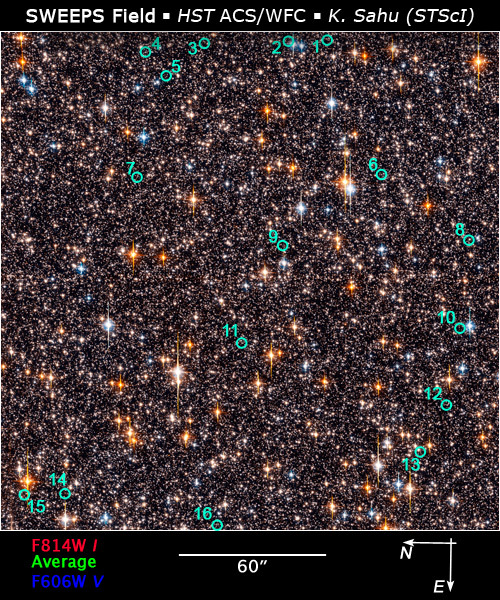
Related Images & Videos
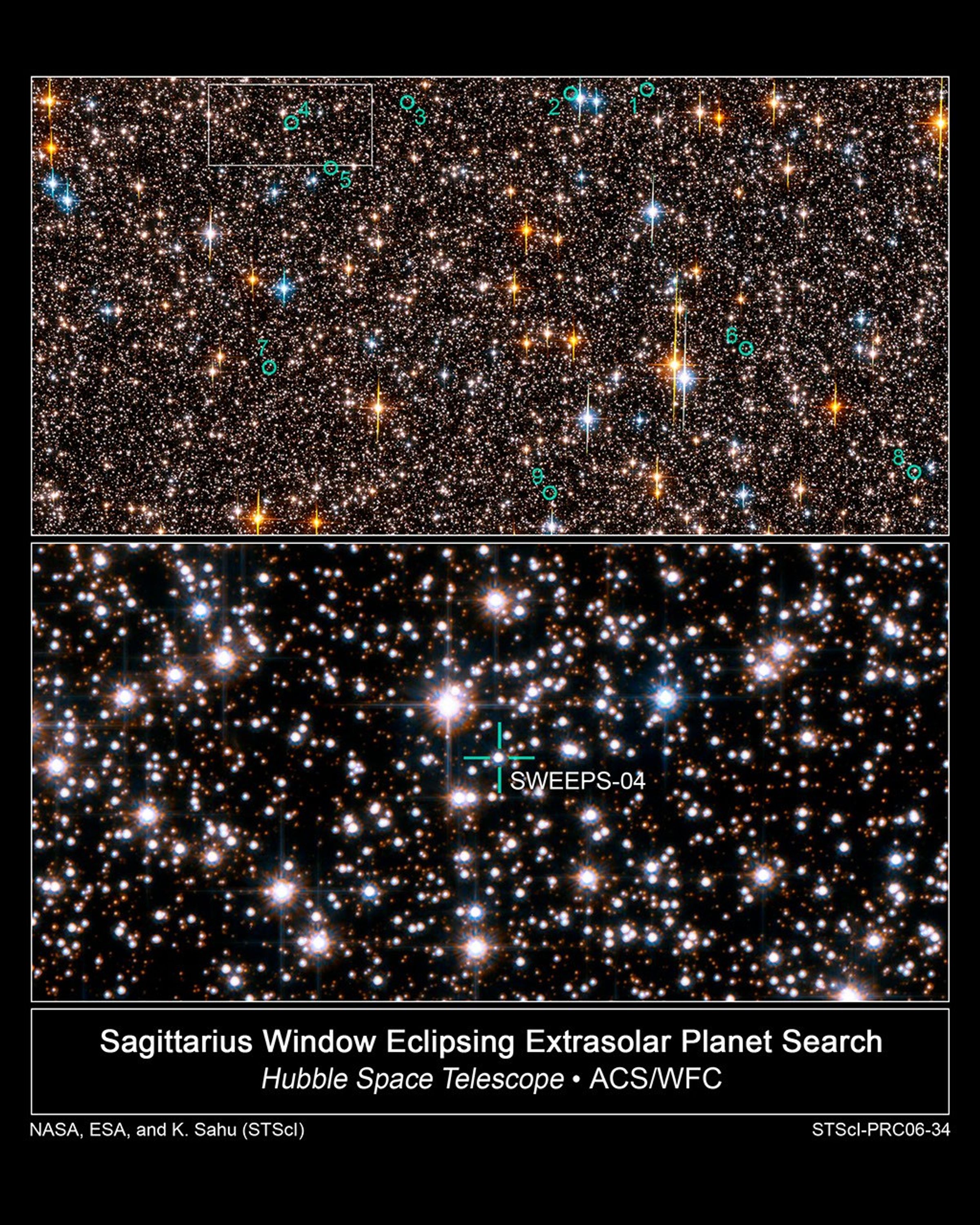
Hubble Exoplanet Search Field in Sagittarius
This is an image of one-half of the Hubble Space Telescope field of view in the Sagittarius Window Eclipsing Extrasolar Planet Search (SWEEPS). The field contains approximately 150,000 stars, down to 30th magnitude. The stars in the Galactic disk and bulge have a mixture of...

Artist's Impression of a Transiting Exoplanet
This is an artist's impression of a Jupiter-sized planet passing in front of its parent star. Such events are called transits. When the planet transits the star, the star's apparent brightness drops by a few percent for a short period. Through this technique, astronomers can use...

Artist's Impression of an Ultra-Short-Period Planet
This is an artist's impression of a unique type of exoplanet discovered with the Hubble Space Telescope. The planet is so close it to its star that it completes an orbit in 10.5 hours. The planet is only 750,000 miles from the star, or 1/130th the distance between Earth and the...
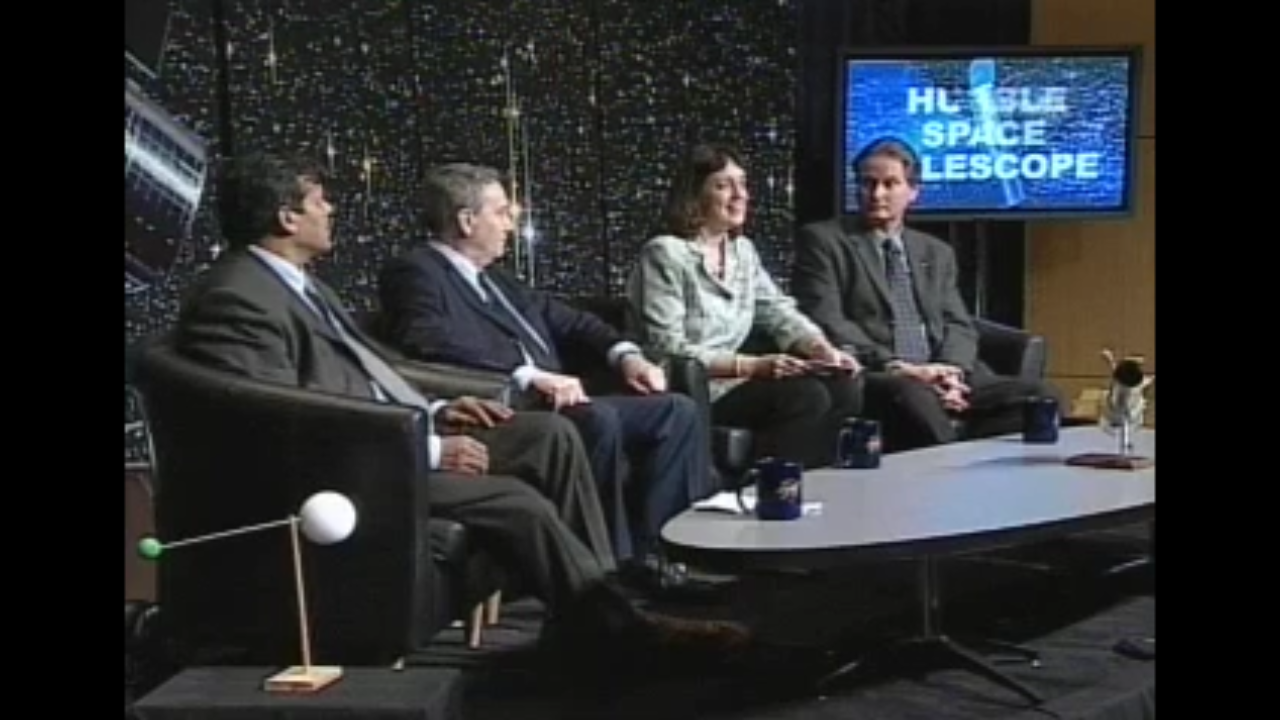
NASA Science Update: NASA's Hubble Discovers Extrasolar Planets Across Our Galaxy
NASA hosts a science update at 1 p.m. EDT, Wednesday, Oct. 4, to discuss a Hubble Space Telescope discovery of extrasolar planet candidates orbiting a variety of distant stars. Panelists: – Jennifer Wiseman, Hubble program scientist, NASA Headquarters – Kailash Sahu,...
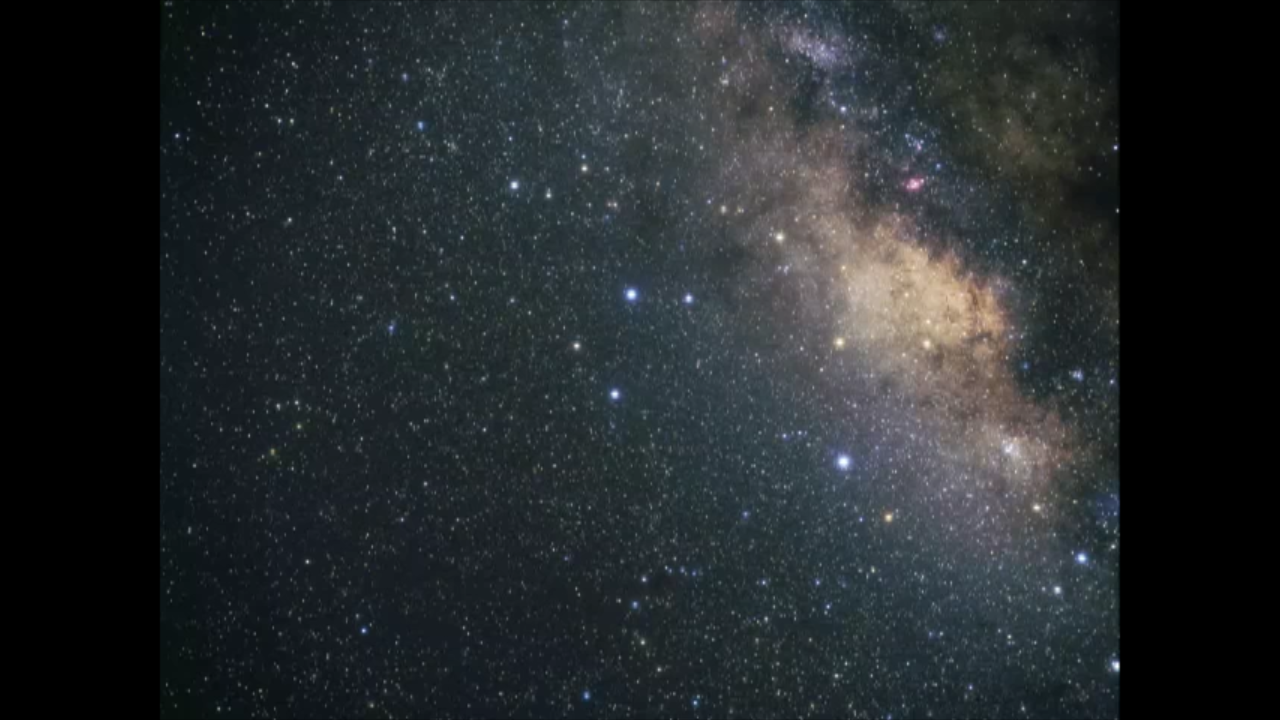
Zoom into SWEEPS Image
Zoom into the Sagittarius area of the nighttime sky, where Hubble looked into our Milky Way galaxy for extrasolar planets. The camera then zooms all the way into our galaxy's central bulge, where the view dissolves into an artist's interpretation of one of the orbiting planet...
Share
Details
Claire Andreoli
NASA’s Goddard Space Flight Center
Greenbelt, Maryland
claire.andreoli@nasa.gov

